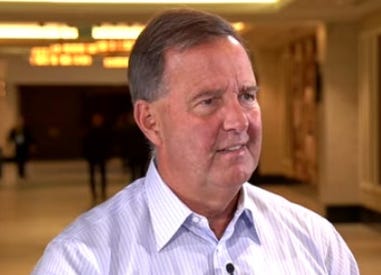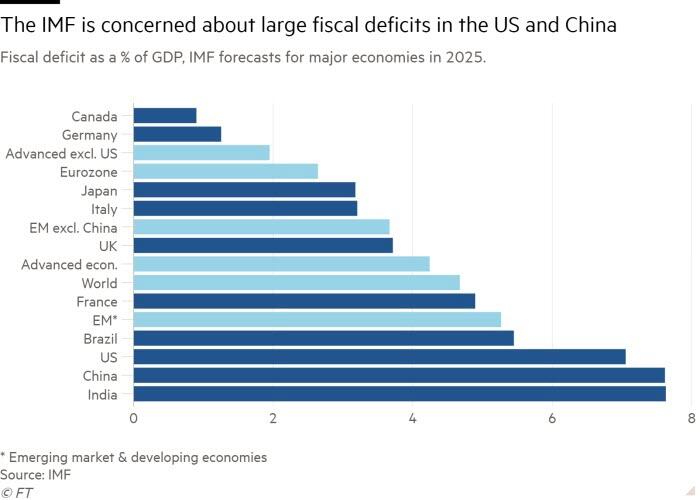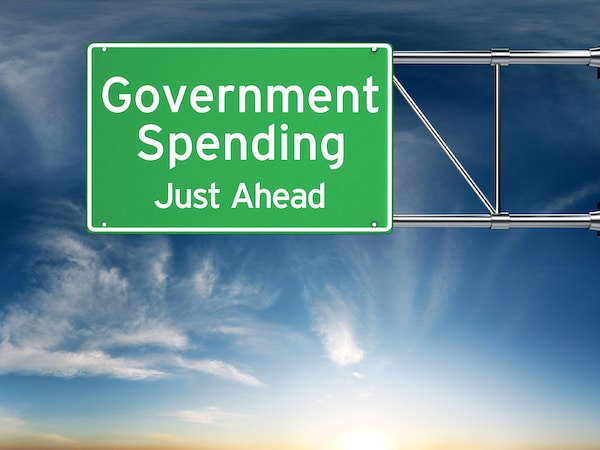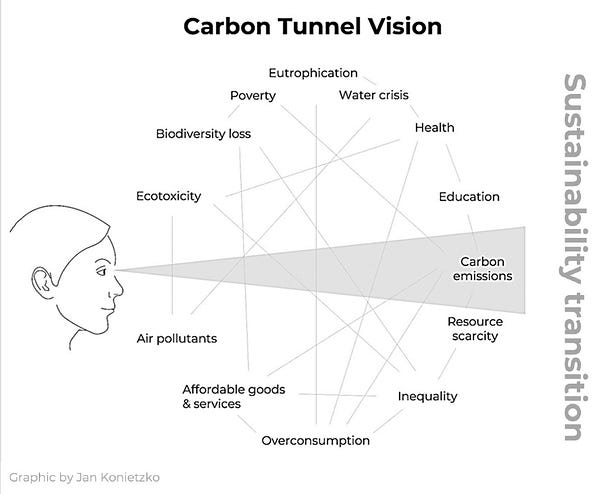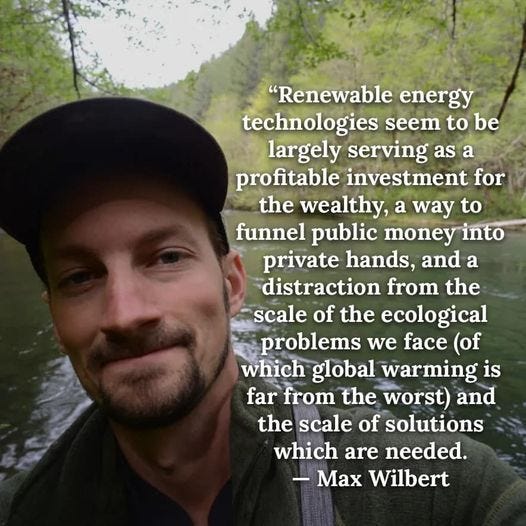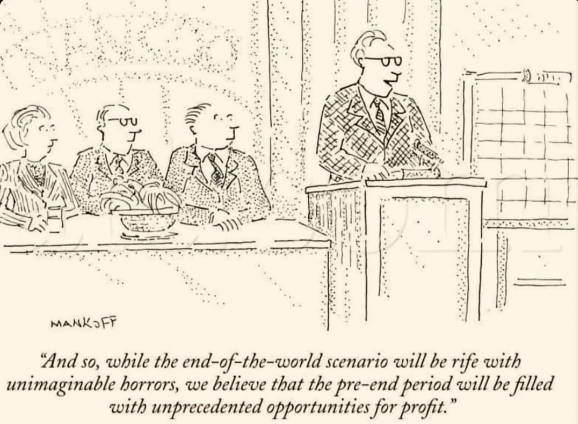There are many myths about energy and the economy. In this post I explore the situation surrounding some of these myths. My analysis strongly suggests that the transition to a new Green Economy is not progressing as well as hoped. Green energy planners have missed the point that our physics-based economy favors low-cost producers. In fact, the US and EU may not be far from an economic downturn because subsidized green approaches are not truly low-cost.
[1] The Chinese people have long believed that the safest place to store savings is in empty condominium apartments, but this approach is no longer working.
The focus on ownership of condominium homes is beginning to unwind, with huge repercussions for the Chinese economy. In March, new home prices in China declined by 2.2%, compared to a year earlier. Property sales fell by 20.5% in the first quarter of 2024 compared to the same period a year ago, and new construction starts measured by floor area fell by 27.8%. Overall property investment in China fell by 9.5% in the first quarter of 2024. No one is expecting a fast rebound. The Chinese seem to be shifting their workforce from construction to manufacturing, but this creates different issues for the world economy, which I describe in Section [6].
[2] We have been told that Electric Vehicles (EVs) are the way of the future, but the rate of growth is slowing.
In the US, the rate of growth was only 3.3% in the first quarter of 2024, compared to 47% one year ago. Tesla has made headlines, saying that it is laying off 10% of its staff. It also recently reported that it is delaying deliveries of its cybertruck. A big issue is the high prices of EVs; another is the lack of charging infrastructure. If EV sales are to truly expand, they will need both lower prices and much better charging infrastructure.
…click on the above link to read the rest of the article…



